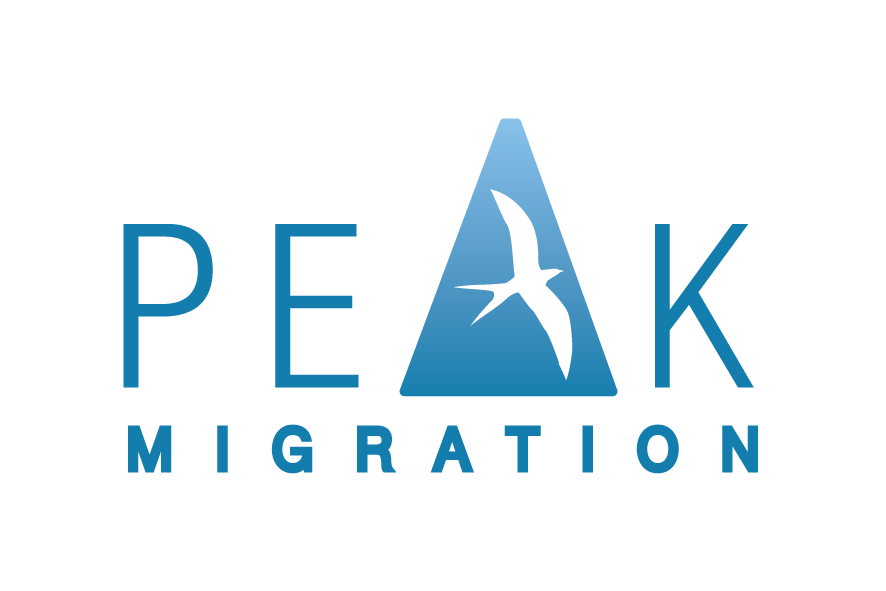New formula and significant increase to Assurances of Support
/For many permanent family visas, an Assurance of Support (AoS) is required for the visa to be granted. An AoS is effectively a bond and undertaking offered by an individual or company which is drawn on, or recovered by, the government if the visa holder incurs certain health and welfare costs over a set period from the date their visa is granted or when they first arrive in Australia, whichever is later.
AoSs can either be mandatory or temporary, and are either for two or 10 years depending on the visa subclass.
The Social Services Minister who is responsible for the governing legislation affecting AoSs, the Social Security Act 1991 (Cth), passed a determination last week, which began on 1 April 2018.
This instrument, in addition to defining to scope of what is liable to be recovered from an AoS, places several restrictions on individual assurers, including:
- They must be at least 18 years, an Australian resident, and either an Australian citizen, permanent resident or a protected special category visa holder,
- They may not be an assurer if they have an outstanding debt to the Commonwealth,
- They may not be an assurer for more than two visa entrants at the same time including when one or both is pending, with the exception of children, and
- There can be a maximum of three assurers for any one visa entrant.
The above restrictions also apply to body corporates, and unincorporated associations, with the addition restrictions that:
- They have been operating for at least 2 years,
- They operate in Australia and if a company, have been incorporated in Australia, and
- They cannot be a joint assurer.
The biggest change, however, is to the income requirements for individuals. On top of requiring evidence of income for the previous two financial years and for the current financial year (increased from one financial year and the current year), there is a new formula for calculating the income requirement necessary to be able to provide an AoS. The formula is determined by: how many assurers there are, if the assurer has a partner and/or children, and how many entrants they are assuring.
The income threshold amount is calculated with respect to the Newstart allowance income cut-off amount, which is the amount of ordinary income of a person beyond which the rate of Newstart allowance would be reduced to nil. As of 1 July 2017, this amount was $28,868.84. Where there are children involved (either as a visa entrant or as part of the assurer’s family) an additional 10% of the cut-off amount is added. Previously, the amount was indexed based on the maximum annual basic rate and the annual base rate of Family Tax Benefit where children had to be counted.
In the likely scenario of a sponsor with a partner offering to assure two parents, the income required to provide an AoS will be: 4 x $28,868.84 = $115,474.16. If the assurers have any children (or there are children visa entrants), the requirements will be increased by $2,886.88 per child.
The required amount can escalate quickly especially when there are joint assurers who have their own families, and is a significant increase to the previous amount required.
From 1 April 2019, there will also be changes to the security amount. This depends on whether the assurers are individuals, body corporates and unincorporated bodies, and of course the visa subclass. State agencies are exempt from providing a security.
For individuals seeking to assure for contributory parent visas, (Subclass 143 – Contributory Parent visa, and Subclass 864 – Contributory Aged Parent), which is a 10-year AoS period:
- $15,000 for the primary visa applicant (up from $10,000 currently), and
- $6,000 for any adult secondary visa applicant (up from $4,000 currently).
For any other visa, which is a 2-year AoS period (with the exception of humanitarian visas where an AoS applies):
- $7,500 for the primary visa applicant (up from $5,000 currently), and
- $3,000 for any adult secondary visa applicant (up from $2,000 currently).
For corporations and unincorporated bodies, it will be $30,000 for contributory parent visas (up from $20,000 currently), which covers a maximum of 2 visa entrants, and $15,000 for any other visa (up from $10,000 currently), which covers a maximum of 2 visa entrants.
Considering there was a recent increase to the residency requirements for the aged pension, it is perhaps surprising the duration of an AoS was not similarly extended.
As AoS is generally a time of decision requirement, it appears this change will affect current applications lodged and awaiting a decision.

